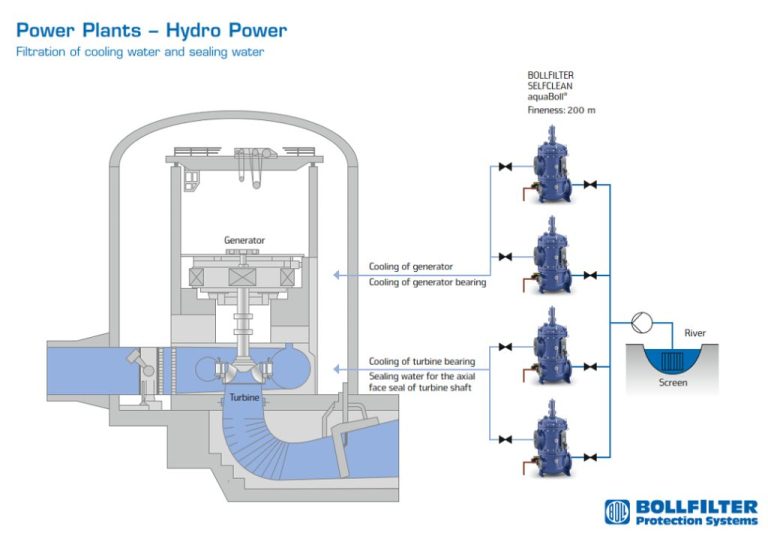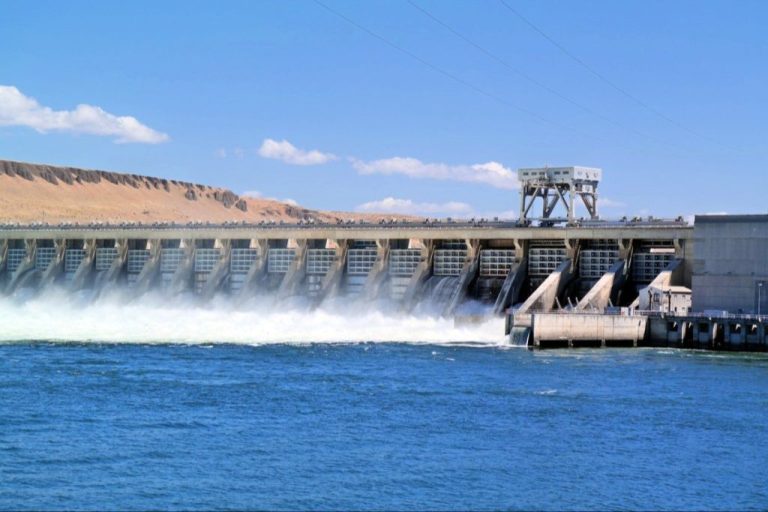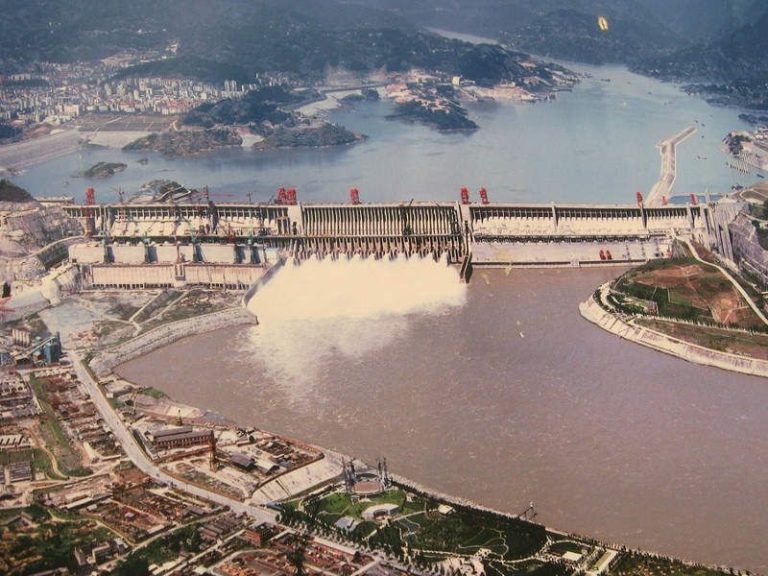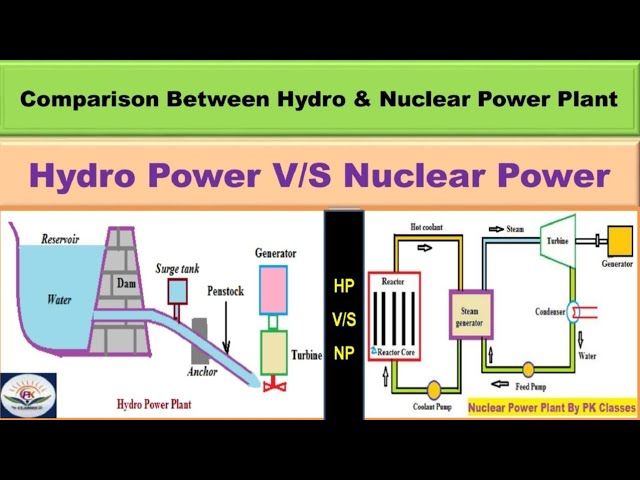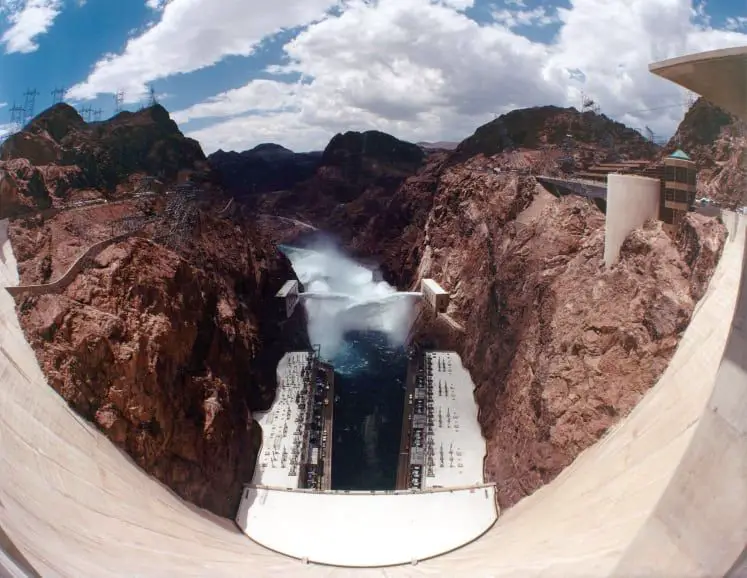What Are The 10 Advantages Of Using A Hydroelectric Power Plant?
Renewable and Sustainable
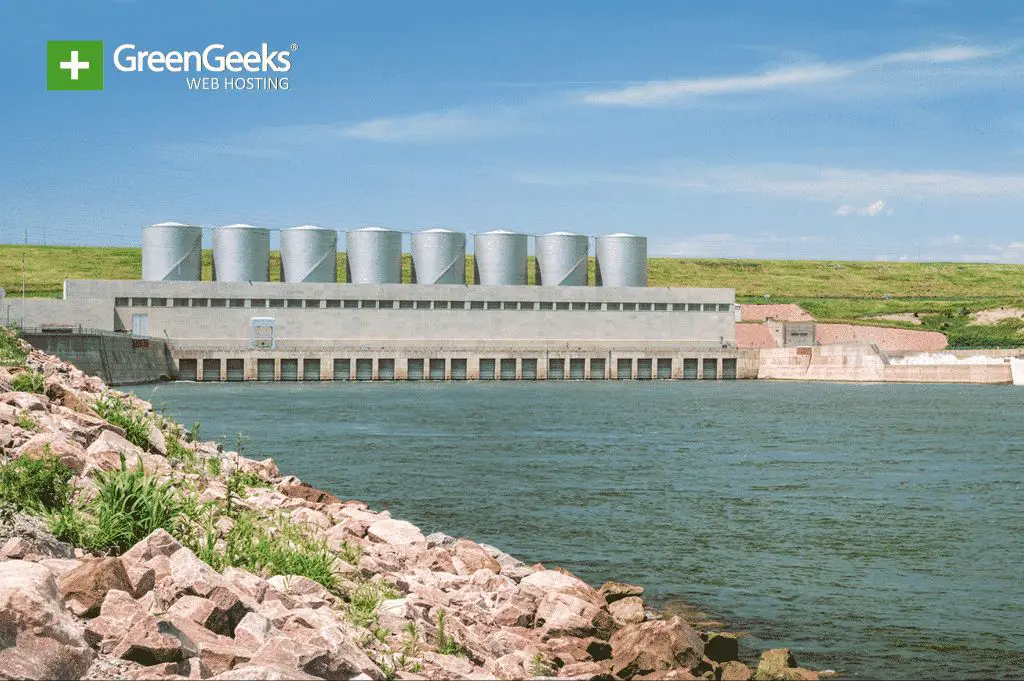
Hydropower is considered a renewable energy source because it relies on the water cycle and does not deplete resources. Unlike fossil fuels, which take millions of years to form and release large amounts of greenhouse gases when burned, hydroelectric power plants emit zero greenhouse gases. Compared to other renewable sources like solar or wind, hydropower has a relatively small land footprint per kilowatt produced. For example, a large hydroelectric dam can produce over 2,000 megawatts on average yet occupy less than 50 square miles. This makes hydropower one of the most sustainable and eco-friendly energy sources available.
Reliable Energy Source
Hydroelectric power plants provide consistent baseline power that is not subject to fluctuations like solar or wind power. Hydroelectric generators can reliably meet continuous electricity demand with the ability to ramp up and down quickly to accommodate fluctuations in energy use throughout the day and night. Unlike fossil fuel plants that require a constant fuel source, hydroelectric generators rely on the steady flow of water built up in reservoirs, creating a dependable and sustainable energy source. Hydroelectric plants are considered “base load” power plants since they typically operate at maximum output to provide the minimum level of demand on the grid. Some countries like Norway utilize hydroelectric power to meet the bulk of their energy needs, demonstrating how hydro can serve as a primary base load source. Because hydro plants don’t use fuel other than water, they can operate at maximum capacity 24/7 with minimal variations due to external factors like weather. This makes hydroelectric power an ideal base load energy source to complement intermittent renewables like wind and solar.
Low Operating Costs
Hydroelectric power has relatively low operating and maintenance costs compared to other energy sources. Once the dam, turbine, and other infrastructure is built, the fuel (flowing water) is free. There are no costs for fuel transportation or fuel supply. According to Statista, the average operating expenses for utility-owned hydroelectric plants in the U.S. were approximately 1.43 cents per kWh in 2022, lower than cost of fossil fuels.
The operating and maintenance costs for hydropower plants are typically in the range of 1.5-2.5% of initial investment per year. According to the International Renewable Energy Agency, the operation and maintenance costs for hydropower in the U.S. average around $40 per kW of installed capacity per year, much lower than costs for thermal power plants. These low costs make hydropower an economical way to generate electricity over the long-term.
Source: Statista
Energy Storage Capabilities
One of the key advantages of hydroelectric power plants is their ability to store energy through pumped storage.
Pumped storage allows excess electricity produced during periods of low demand to be used to pump water from a lower reservoir to an elevated reservoir. When electricity demand is high, the stored water can be released from the upper reservoir through a turbine to generate electricity.
This pumped storage capability allows hydroelectric dams to effectively act as large batteries, storing energy during times of oversupply and discharging it when needed. According to the U.S. Department of Energy, pumped storage hydropower accounts for over 90% of utility-scale energy storage in the United States [1].
The storage provided by pumped hydro makes it easier to balance electricity supply and demand. This is especially important when integrating variable renewable energy sources like wind and solar power into the grid.
Flood Control
One of the key advantages of hydroelectric dams is their ability to help control flooding downstream by regulating water flows. The reservoirs behind dams act as basins to capture excess floodwaters and then meter the release of this water through turbines and spillways (Other Benefits). This helps mitigate the risk of catastrophic flooding and damage to communities located on major rivers and deltas.
For example, the reservoir behind Hoover Dam on the Colorado River has a storage capacity of over 15 billion gallons. Operators can hold back water during periods of heavy rainfall or snowmelt and then release it in a controlled fashion, rather than allowing unregulated surges downstream (Other Benefits). Some reservoirs even have designated “flood storage pools” specifically set aside for flood control purposes.
Beyond protecting against floods, the water storage capacities of hydroelectric reservoirs also provide a source of freshwater that can be used for irrigation, municipal water supplies, and recreation. Overall, the flood control abilities of dams reduce risk, conserve water, and provide greater stability for river ecosystems and communities.
Recreation and Tourism
Reservoirs created by hydroelectric dams provide many opportunities for recreation and tourism. The reservoirs have increased habitat for fish, drawing anglers and fishing tournaments. The flat water also enables motor boating, sailing, canoeing, kayaking and other water sports (Recreational Impacts of a Hydroelectric Dam in the Lake Champlain Basin). Swimming beaches may form along the shores, and the wetlands attract diverse bird species for birdwatching. Campgrounds, marinas, resorts and other tourist facilities often spring up around the reservoirs to serve these recreational opportunities.
Irrigation and Agriculture
Hydroelectric dams provide a way to store large amounts of water that can be used for agricultural irrigation. The reservoirs created by hydroelectric dams act as water banks, storing water during times of heavy precipitation so that it can be released during dry periods for crop irrigation. This provides a consistent and reliable source of water for agricultural irrigation, even during droughts. According to one report, “Advantage 2: Hydroelectric power allows for the development of irrigation systems that can distribute water evenly across agricultural fields, rather than relying on seasonal precipitation or limited groundwater. In this way, hydroelectric projects vastly expand the amount of arable land available for crop cultivation” (Source).
The ability to control water flow from hydroelectric dams also allows for precise irrigation scheduling, releasing just the right amount of water at critical crop growth stages. This results in higher agricultural productivity and crop yields compared to relying solely on natural precipitation. Overall, the water storage capabilities of hydroelectric projects provide huge benefits for irrigation and agriculture.
Navigation
One advantage of hydroelectric power plants is that the reservoirs created enable inland water transportation and navigation (Hydropower plants and river navigation: the impact of the …). The damming of rivers to form reservoirs creates deeper bodies of water that can accommodate large ships and barges. This allows goods and materials to be transported through inland waterways, reducing the need for more carbon-intensive trucking or rail transport. Hydroelectric reservoirs essentially create artificial lakes and rivers suitable for commercial and recreational boating and shipping.
Large hydroelectric dams and their reservoirs have aided navigation and shipping capacity in many countries. For example, the reservoir created by China’s Xiluodu Dam, the third largest hydro station in China, expanded inland navigation along the Jinsha River (Short-Term Multi-Objective Optimal Operation of …). In some cases, locks or ship lifts may be constructed alongside hydroelectric dams to help vessels navigate through changes in water elevation.
Job Creation
The construction and operation of hydroelectric power plants create jobs at local and national levels. According to the National Hydropower Association, in the construction phase, hydroelectric projects employ local workers for civil works, equipment supply, and engineering and consulting services [1]. Once built, hydroelectric plants provide long-term jobs for plant operators, electricians, mechanics, and administrative staff. The U.S. Department of Energy states that growth in hydropower capacity could generate up to 1.4 million direct, indirect, and induced jobs in the U.S. by 2030 [2]. Globally, the hydropower workforce employed around 2.2 million people in 2020 according to the International Renewable Energy Agency [3]. Overall, hydroelectric projects create employment opportunities in local communities during construction and provide steady operation and maintenance jobs over the long lifespan of the plants.
Low Emissions
Hydroelectric power plants emit significantly fewer greenhouse gases than fossil fuel power plants. According to the Department of Energy, hydropower facilities emit 70 times less greenhouse gases than a coal plant and around 68% less than a natural gas plant per unit of electricity generated1. This is because hydropower does not burn any fossil fuels to generate electricity. The vast majority of greenhouse gas emissions from hydropower come from the reservoirs themselves. As vegetation and organic matter decay in the reservoirs, they release naturally occurring greenhouse gases like methane and carbon dioxide. However, these reservoir emissions are much lower than the carbon dioxide released from burning fossil fuels. Overall, hydropower is considered a low-carbon renewable energy source that helps mitigate greenhouse gas emissions.

